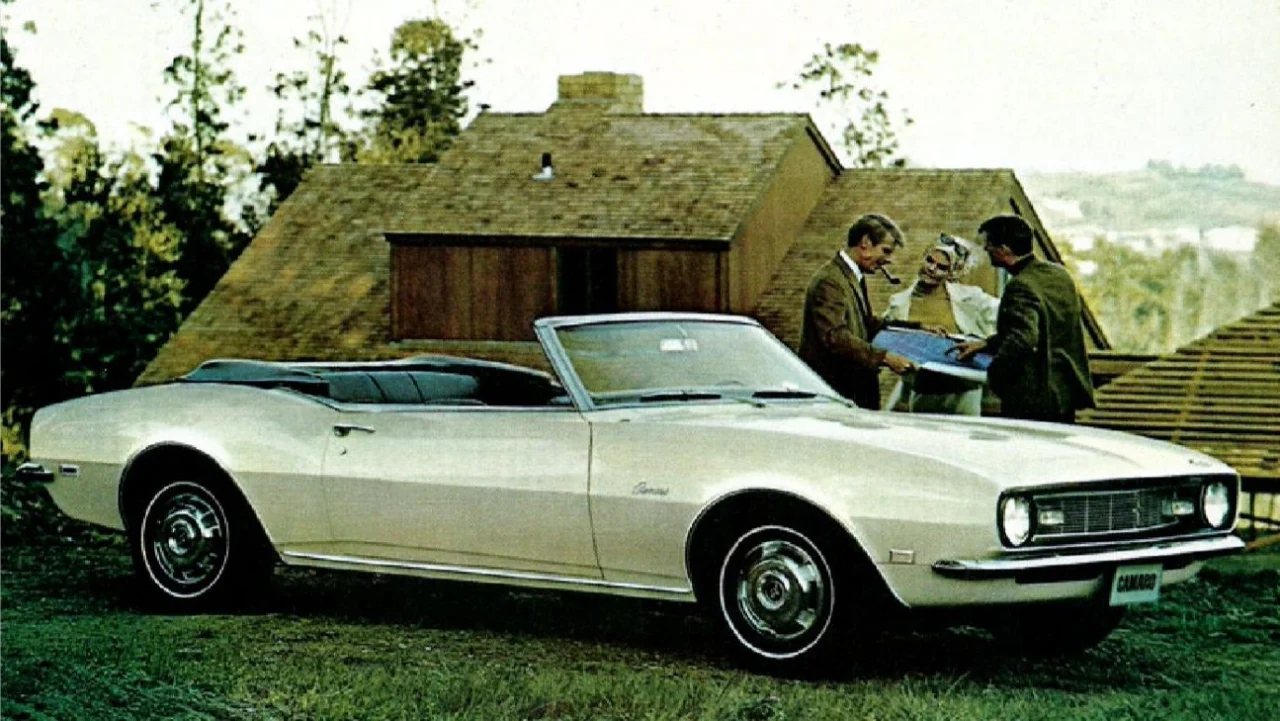There’s a certain irony to learning about cars in the age of the Internet. With so many resources at our disposal (often from the convenience of our pocket), it also means there are many resources that will lead us astray. Both the good and the bad are subsequently amplified on forums and social media, creating an even bigger mix of useful and worthless information. One example that stands out pertains to vent windows.


I theorize that the bad information that has been amplified is based on how we approach learning these days, as we have gone from archaeology (think junkyards) and a limited number of print resources to an infinite number of web pages. Today, it seems folks focus on the micro instead of the macro. When I was learning about cars, I approached them as if they were people. What do we look at first to distinguish one person from the other? The face; case in point: the first-generation Camaro. A long time ago, I figured out that a 1967 Camaro looks like a ’67, a 1968 Camaro looks like a ’68, and a ’69 Camaro looks like a ’69. The faces of the three appear different, with distinct grilles and parking lights (round for ’67, oval for ’68) or a restyle (’69) distinguishing them; out back, the ’68 taillights were divided versions of what were on the ’67.
But go online and you may find an answer that reads like this: “1967s have vent windows, and 1968s have side markers as regulated by the federal government.” Seriously—do I identify my mom based on her nose or her face? The tried-and-true method that I am espousing has possibly been lost on new generations of automotive enthusiasts, perhaps best exemplified by an inaccurate way of determining a 1969 GM A-body.

The A-body was GM’s standardized small body shared between Chevrolet and Pontiac models, with an occasional Oldsmobile, too. Starting in 1964, GM’s new mid-size platform was designated the A-body, a platform that included the Chevrolet Chevelle, Pontiac Tempest, Oldsmobile F-85, and Buick Special. Within each respective series there were several trim levels (i.e., Tempest, Tempest Custom, and LeMans) as well as performance variants based on a particular trim level (i.e., the GTO was based on the LeMans).
It’s been said that an easy way to discern a 1969 Chevelle SS 396 from a ’68 was due to Chevrolet omitting vent windows. So what do you make of the vehicle below?

You can see this is a 1969 Chevelle with vent windows, so what gives? Two-door Sport Coupes (aka hardtops) and convertibles were produced sans vent windows for 1969, while Coupes (aka post coupes), four-doors, and wagons continued to feature vent windows through 1972. Wouldn’t it be better to focus on the macro and learn to discern between the two years rather than focusing on the (incorrect) micro?
Why this tidbit of misinformation continues to persist is something I cannot answer, but old wives’ tales have a funny habit of finding an inconspicuous space in which to hide and live. Of course, the most famous of these is the Chevrolet Nova not selling well in Latin countries because the name means “it doesn’t go” in Spanish, when the truth is that a nova (a star that flares up and returns to its original luminosity) is the same word in both English and Spanish.

